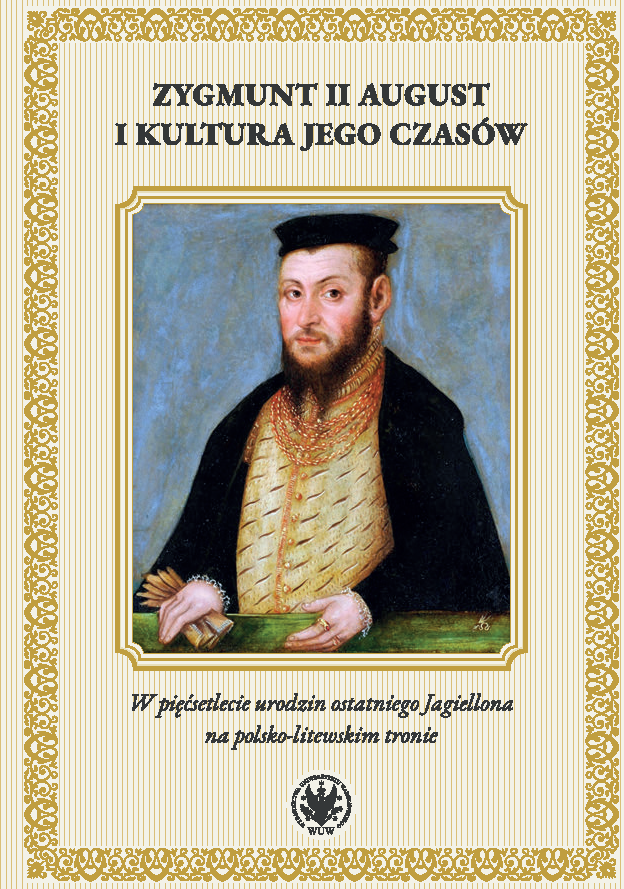Zygmunt August i jego kunstkamera
Sigismund Augustus and his Kunstkammer
Contribution to the Studies into Artistic Patronage of the Last Jagiellon on the Polish-Lithuanian Throne
Author(s): Mateusz Grzęda
Subject(s): Cultural history, 16th Century, 17th Century, 18th Century, History of Art
Published by: Wydawnictwa Uniwersytetu Warszawskiego
Keywords: Sigismund Augustus; Kunstkammer; cabinet of curiosities; collection; Renaissance; artistic patronage
Summary/Abstract: The article discusses the collecting practices of King Sigismund Augustus and attempts to interpret them against the background of the early modern phenomenon of "Kunstkammer" or cabinet of curiosities, as described by early modern theoreticians of collecting, such as Samuel Quiccheberg and Francis Bacon. Although most of the precious items that belonged to Sigismund Augustus are now lost, his artistic preferences can be reconstructed based on written testimonies and the few extant works of art that were produced for the king. In light of these sources there emerges an image of a large and sumptuous collection which was built by the monarch fastidiously and advisedly throughout his whole lifetime. From the written sources (especially the account left by the apostolic nuncio to Poland, Berardo Bongiovanni, who described a cabinet of curiosities in the palace of the grand dukes of Lithuania in Vilnius, presented to him by the king in 1560) and the analysis of extant artifacts we can deduce that Sigismund Augustus developed an aesthetic sensibility and, to some extent, even an expertise in artistic matters. He is well known as a passionate collector of precious objects made of silver and gold, jewels, plates, precious and semi-precious stones, and tapestries. The king may have considered collecting and presenting these ‘artificialia’ to various audiences to be his privilege or even obligation, justified by the theory of magnificence coined by Aristotle and further developed in the humanistic writings of the fifteenth and sixteenth century. However, Sigismund Augustus’ collection also had a scholarly dimension. Alongside an imposing library he acquired portraits of famous figures, maps, and scientific and musical instruments. In addition, many artworks produced for the king were decorated with naturalistic zoological and botanical motifs which introduced knowledge of the natural world to his cabinet. All these objects, together with a custom of turning, of which Sigismund Augustus was a known practitioner and which was one of the most favored amusements of Renaissance rulers, reveal a curious mind in the king, an asset that he shared with many other European rulers.
Book: Zygmunt II August i kultura jego czasów
- Page Range: 296-328
- Page Count: 33
- Publication Year: 2022
- Language: Polish
- Content File-PDF

